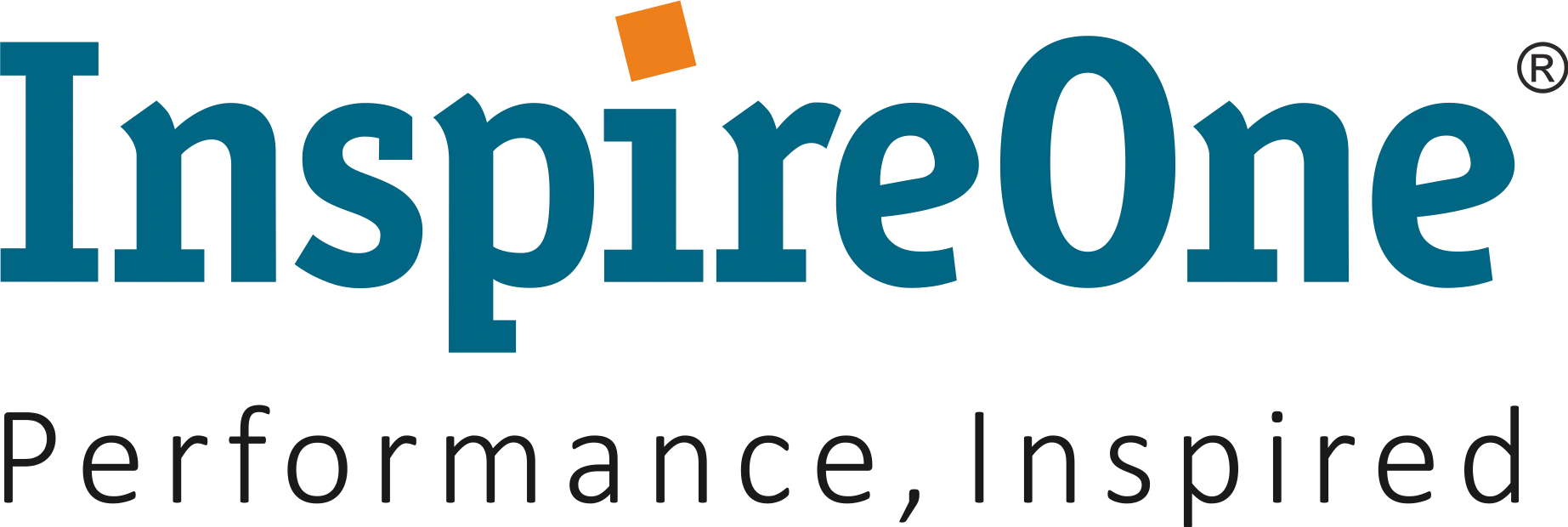In our last blog, we spoke about the imperative of identifying high potentials and the tools and processes that can be used. In this blog, we shall focus on the other imperative – the capabilities that high potentials must have and their buy-in to develop themselves on those capabilities.
The Environment, Behavior and Performance (EBP™) framework – the classical model of high-performance environment – explains the correlation amongst these three elements of business. It states that, “an organization’s Orbit for Transformation” helps generate sustainable business performance by co-creating the right behaviors and environment. The organization is instrumental in supporting the high potential development. It does so by:
- identifying the potentials,
- creating an environment where high potentials are recognized and acknowledged and
- facilitating the talent to own their development goals.
In order to achieve this, the following areas need attention:
- Understanding the human capital assets of an organization – High performers Vs High Potentials
- Key capabilities required by a high potential to survive in a VUCADD world
- Impact of the environment in identifying high potentials
- The talent owning their development goals
Understanding the human capital asset of an organization – High Performing Vs High Potential Leaders
In trying to identify high potentials, organizations grapple in differentiating between high performers and high potentials. High performers are the people who perform for today and deliver with precision. A high performer may or may not be a high potential, however his performance is critical for organization to meet its goals. A high potential is a person who is ready for tomorrow. He too may or may not be a high performer now, but if put in the right place and with the right support, a person with potential will always outshine the others to emerge as a leader for tomorrow. An organization needs both the high performers and the high potentials and they both are valuable assets. The need is to continuously set development goals for high performers, so that their path to move from a high performer to a high potential can be paved. For the high potentials, it is essential that they are spotted early, both with the help of performance assessments and inputs on future potential by their supervisors. The key is for the organization to provide the right developmental options to boost the capabilities of the high performers and high potentials
Key capabilities required by a high potential leader to survive in a VUCADD world
The current business environment is VUCADD and in identifying the high potentials it is critical to consider this as, the leadership capabilities required in a VUCADD world differ significantly from the capabilities required earlier. The current business environment is dynamic and requires the following capabilities:
- Learning ability: A high potential leader should be agile in learning new things and unlearning the old
- Driving change: While learning and unlearning they should not be fixated by any paradigm
- Agility: There should be speed in action and thought
- Collaborating to achieve results: A high potential should be able to collaborate with multiple stakeholders and adapt to different teams to deliver along with them.
Along with this the leader needs to be aligned to the organizational value system and display loyalty and commitment towards the organization.
Impact of the environment in identifying high potential leaders
We have already spoken about the EPB framework which highlights the importance of the environment in identifying high potentials. Having an organizational culture which is psychologically safe and professional and where talent is identified, acknowledged and developed is critical for encouraging people with potential to operate fearlessly. The role of the manager here is extremely critical in spotting and nurturing the talent. Therefore, the organization must coach and develop mangers in identifying leadership traits of high potentials and in creating an inclusive environment.
Methodologies available for identifying high potential leaders
As known to all, and as discussed in our previous blog, there are many leadership assessments tools available for objective analysis of leadership capabilities. Talent spotting and identification not only comes through psychometric assessment tests, but keen observation of various stakeholders, especially the supervising manager of the employee. Therefore, observation and identification of leadership traits which is validated by highly researched and standardized psychometric assessment tools provide a comprehensive picture of leadership capabilities. It is essential to is to have multiplicity of data points to arrive at a comprehensive analysis of the talent.
Creating a buy-in towards their (the talent) development areas and thereby having clarity towards their development goals
The next step is to create a buy in for the talent towards their development areas identified through the assessment process. Analysis of the psychometric tool reports and supervisory inputs provide insight into the strengths and development areas of the employees. Strengths are always acknowledged and accepted with ease but addressing and accepting the development areas need effort. And in order that the development areas are addressed, and clear development goals are established, it is critical that there is a complete buy-in to the development areas. The buy-in is created when the development goals are also a reflection of the individuals’ aspirations along with the organizational objectives. If there is a disconnect between the organization’s objective and the individual’s aspirations, the employee will not align to the development goals. Also helping them become self-aware and responsible towards their own growth is critical.
Development of leadership capabilities is a process of being aware of one’s self – strengths and development areas. And the process of learning and development starts once the individual is ready to take accountability and ownership for their own development. It all begins with an accurate assessment and identification of leadership traits of a high potential.
We at InspireOne, believe that leadership is a blend of both nature and nurture. The most accurate way to identify leaders is to explore their preferences, skills, and behaviours. We do this by measuring preferences against the strong foundation of well-researched IBM Kenexa high performance leadership behaviours model known to contribute to organizational success.
This profile then forms the basis for focused learning and development initiatives, which are a combination of Masterclasses, Cohort Learning, Group and Individual Coaching, and Learning Sustenance.
Click here to explore the wide array of Leadership Assessments we offer, to measure nature and nurture of our leaders.







